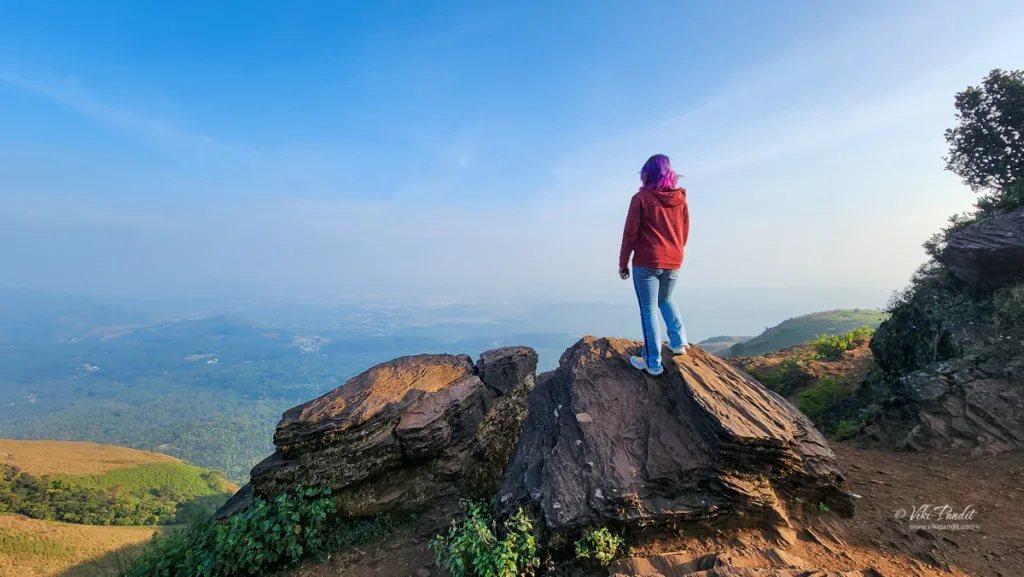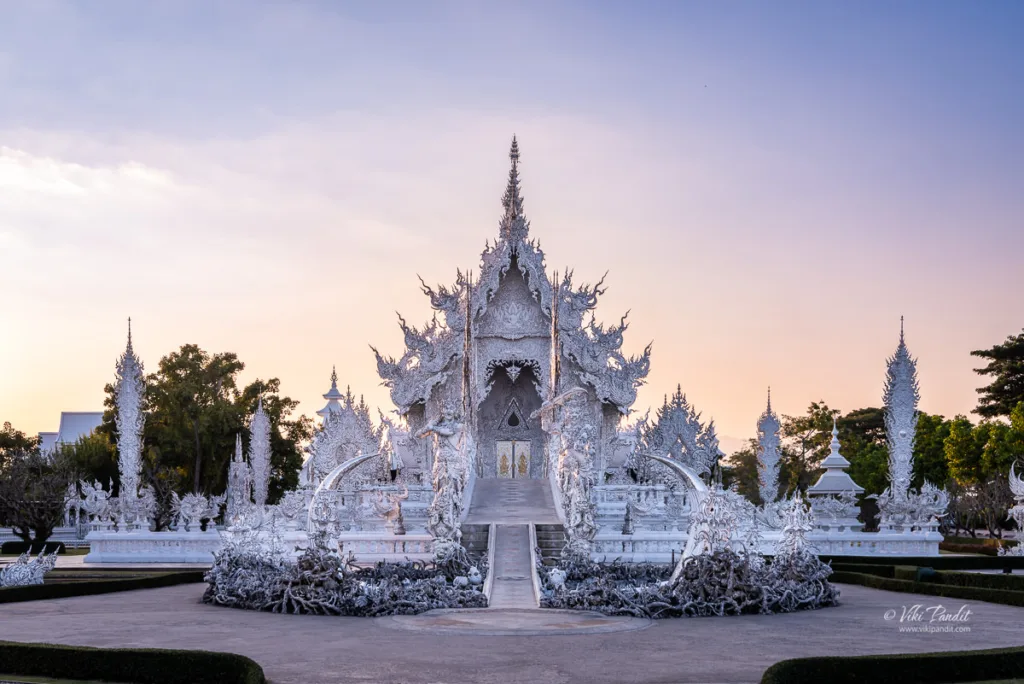
An evening at Mullayangiri
Mullayangiri, the highest peak in Karnataka, offers breathtaking views and is a popular destination for trekkers and nature lovers. Mani & I head out on a drive from Bangalore to the picturesque town of Chikmagalur for the weekend to enjoy the tranquil atmosphere of the hill station.







